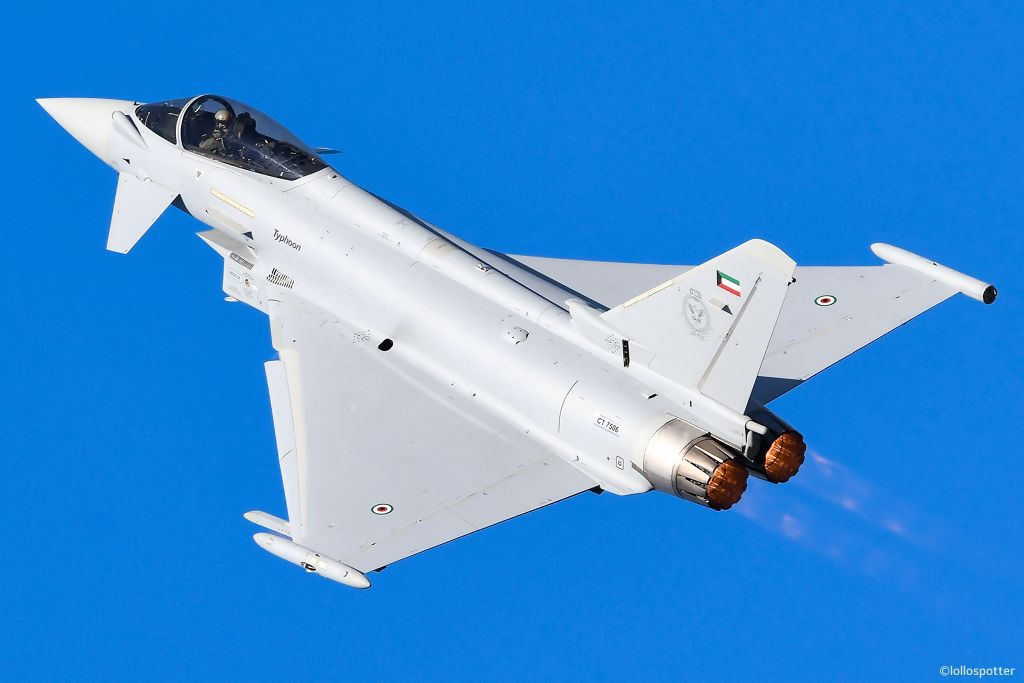Non-Kinetic Strategies Against Narcoterrorism: Pentagon’s New Initiative
Strategic Landscape
In an effort to confront the complex challenges posed by Latin American narcoterrorist groups, the Pentagon has developed a new defense approach that integrates non-kinetic solutions. This strategy aims specifically at curbing operations of maritime drug trafficking organizations without inflicting significant collateral damage or jeopardizing civilian safety.
This initiative aligns with the Trump administration’s recent directives, which emphasize the need for direct military engagement against entities identified as “narcoterrorists.” As part of this operational shift, the Defense Innovation Unit (DIU) introduced a Commercial Solutions Opening (CSO) initiative, dubbed “Show Stopper.”
Procurement and Development Timeline
Interested defense contractors must submit their proposals by September 30. The goal is to develop prototypes that Coast Guard vessels can deploy while underway, with an expectation of initiating government testing within 60 days post-approval.
The request emphasizes:
- Reliability: Solutions must effectively stop non-compliant small watercraft (NCVs) without imposing unacceptable risks to personnel involved in interception operations or innocent bystanders.
- Rapid Development: Prototypes should be ready for evaluation within two months.
Interdepartmental Collaboration
The initiative signals collaboration between the Department of Homeland Security (DHS) and the Department of War (DOW) to find effective interdiction capabilities. President Trump’s recent executive order has provisionally redefined the Department of Defense’s nomenclature to include “Department of War,” a move that requires Congress’s approval for formal passage.
This inter-agency effort comes after several contentious incidents where U.S. forces employed lethal tactics against suspected drug traffickers at sea. While the administration has showcased video evidence of such operations on social media, critics argue about the adequacy of the intelligence that led to these actions.
Experiential Insights and Concerns
As former operations reveal, perceptions regarding safety have shifted dramatically among local fishermen and maritime operators. The threat of being misidentified as drug traffickers leaves many unwilling to conduct their customary activities. This shift not only jeopardizes individual livelihoods but also raises questions regarding the efficacy and justification of the force utilized.
Technology’s Role in Non-Lethal Capabilities
Bryan Clark, a Senior Fellow at the Hudson Institute, underscores that the necessity for non-lethal options extends beyond current narcoterrorism threats. The Department of War’s focus on developing these capabilities serves as an evolution of a long-standing necessity dating back to incidents like the USS Cole attack.
Proposed Non-Kinetic Capabilities
The DIU has articulated various attributes that the desired capabilities should embody:
- Compact size and reduced weight for easy installation on existing maritime vessels
- Low power requirements to avoid interference with other onboard systems
- Potential use of localized energy technologies, including:
- Electromagnetic radiation
- Innovative electronic attack methods
Clark emphasizes that the energy levels necessary to incapacitate critical electronic components are significantly less harmful than those capable of causing bodily injury. Non-lethal technologies such as high-powered microwaves show promise in disabling navigation systems and engines of low-tech vessels.
The Road Ahead
Historically, procurement of non-lethal capabilities within the DOD has been fragmented, taking place on an ad-hoc basis with individual commands acquiring their own systems. A more coordinated strategy facilitated by the DIU might streamline this effort and enable a more widespread deployment of effective technologies.
Conclusion
This CSO initiative not only addresses pressing domestic security issues but also broadens the scope of the DOD’s operational toolkit. Developing non-lethal capabilities against maritime threats could yield strategic advantages in various scenarios, including countering emerging threats like one-way drone boats. This holistic approach presents an opportunity for defending maritime interests while fostering a nuanced engagement strategy in complex geopolitical environments.
About the Author
Brandi Vincent is a Pentagon correspondent for DefenseScoop, specializing in disruptive technologies and defense policy. With experience in multiple journalism roles, including a notable documentary production, her insights provide a comprehensive lens into the evolving defense landscape.





